Boeing 737-100 NASA Langley Research Center
Production Time 9 to 10 weeks
Shipment is by FedEx, UPS or DHL International Express Courier with a normal door-to-door delivery time worldwide of within 2-3 business days after dispatch. Due to the current volatility of world fuel prices, the amount mentioned here is our best estimate for DHL and UPS and may be subject to change at the time of shipping.

Model Description: Boeing 737-100 NASA Langley Research Center Wood Replica Scale Custom Model Aircraft
Manufacturer: Boeing Corporation
Wingspan: 16.8 Inches (42.7 Centimeters)
Height: 6.7 Inches (17 Centimeters)
Scale: 1:66
Price for Regular Model as Size and Scale above: $239.50
$179.50 – $329.50
-
United States dollar ($)
-
Pound sterling (£)
-
Euro (€)
-
Australian dollar ($)
-
Canadian dollar ($)
-
Singapore dollar ($)
-
Swiss franc (CHF)
-
Japanese yen (¥)
-
Danish krone (kr.)
-
Hong Kong dollar ($)
-
Norwegian krone (kr)
-
Swedish krona (kr)
-
United Arab Emirates dirham (د.إ)
General Product Description
Our PlaneArts Boeing 737-100 NASA Langley Research Center model exhibits unique, unrivaled quality and detailed design to come as close as possible to the accuracy of the actual plane. It comes as standard with a robust, durable base or stand which is available in a variety of different finishes designed to match your own personal requirements including solid wood, wood with polished metal supports or adjustable wood wall mount and will be ready within about 9-10 weeks from placement of order.
The Boeing 737-100 NASA Langley Research Center model is made of the finest kiln dried renewable mahogany wood (commonly known as Lauan or Meranti) which has undergone many stages of carving and meticulous and careful sanding giving the beautiful finished museum quality masterpiece. Many collectors and model connoisseurs demonstrate their preference for genuine handmade and hand painted mahogany wood models rather than plastic or die cast (diecast) alternatives due to the overall look and totally different feel of the item - we trust you will find the same. We can, however, if required produce the same model in Solid Cast Resin so just click and contact us us for further information. Our craftsmen and gifted artisans ensure that our finely handcrafted model airplanes match the precise blueprint details of the original aircraft. The paint scheme, markings and parts are closely matched, reflecting the original aircraft. This stylish top-quality desktop replica model will surely enthrall anyone who receives this as a gift and for sure one of the most appropriate and desirably collectable gifts for any aviation enthusiast and avid aircraft collector whilst also displaying a perfect resemblance to the actual aircraft.
If you require we can also make the Boeing 737-100 NASA Langley Research Center model in any other airline, private livery or colour scheme you require and if necessary in a different size or scale. Just click here to contact us with a description or photographs of what you require, and we will let you have a quotation for the necessary customization by return email. We can also make bespoke scale replicas of any other private / civil commercial airliner or airliners, helicopter, glider, gliders with engines, military jet, warplane jets, propeller warplanes, biplane, triplane, tail fin, spacecraft, rocket or NASA model you require in any airline, military or civilian livery or colors. We also produce model airships, blimp, dirigible, blimps, boat and ship collectibles. Wall plaque or seal for military, government or private customers. Again, by clicking here to contact us just let us know exactly what you need.
 *
*
Boeing 737-100 at NASA Langley: A Pioneer in Aerospace Research
In the realm of aerospace engineering and innovation, few institutions command as much respect and admiration as NASA’s Langley Research Center. Nestled in Hampton, Virginia, this facility has been at the forefront of pushing the boundaries of flight for decades. One of its most iconic research assets is the Boeing 737-100, a pioneering aircraft that has played a crucial role in shaping the future of aviation. Let’s delve into the important features and significance of this remarkable aircraft.
Introduction to the Boeing 737-100:
The Boeing 737-100, first introduced in the late 1960s, marked Boeing’s entry into the short-to-medium-range jetliner market. While the 737 series is now synonymous with commercial air travel worldwide, the 737-100 holds a unique place in history as the inaugural member of this legendary family. Beyond its commercial success, a modified version of this aircraft became an invaluable tool for NASA’s research endeavors.
Adaptation for Research Purposes:
NASA Langley Research Center acquired a Boeing 737-100 in the early 1980s, repurposing it for a wide array of scientific experiments and studies. The aircraft underwent significant modifications to transform it into a flying laboratory capable of accommodating various research instruments and equipment. These modifications included installing racks for instrumentation, modifying the fuselage to accommodate experimental payloads, and integrating specialized communication systems.
Key Features and Capabilities:
- Flight Testing and Aerodynamics: The Boeing 737-100 served as a platform for testing groundbreaking aerodynamic concepts and technologies. Researchers used it to explore airflow patterns, evaluate wing designs, and assess the performance of new aircraft configurations. These experiments provided invaluable data for improving the efficiency, stability, and safety of future aircraft.
- Environmental Research: Equipped with advanced sensors and monitoring devices, the aircraft contributed to studies on atmospheric composition, pollution levels, and climate change. By flying at different altitudes and across diverse geographical regions, researchers gained insights into atmospheric dynamics and their impact on the environment.
- Avionics and Systems Testing: The 737-100 facilitated research into avionics systems, flight controls, and cockpit instrumentation. Scientists and engineers utilized the aircraft’s onboard systems to develop and validate innovative technologies aimed at enhancing flight safety, navigation accuracy, and operational efficiency.
- Spacecraft Support: In addition to its role in aeronautical research, the Boeing 737-100 provided critical support for NASA’s space missions. It served as a platform for testing and calibrating instruments destined for space probes, satellites, and crewed spacecraft. This enabled scientists to verify the functionality and accuracy of scientific instruments under conditions simulating spaceflight.
Legacy and Impact:
The Boeing 737-100’s tenure at NASA Langley Research Center left an indelible mark on aerospace research and development. Its contributions to aerodynamics, environmental science, avionics, and space exploration have had a lasting impact on the aerospace industry and scientific community. The insights gained from experiments conducted aboard this aircraft have informed the design of next-generation aircraft and space vehicles, paving the way for safer, more efficient, and environmentally sustainable transportation solutions.
Conclusion:
The Boeing 737-100 at NASA Langley Research Center stands as a testament to the power of innovation and collaboration in advancing the frontiers of aerospace science and technology. Through its versatility, adaptability, and unwavering commitment to excellence, this iconic aircraft has played a pivotal role in shaping the future of flight. As we look ahead, the legacy of the Boeing 737-100 continues to inspire new generations of researchers, engineers, and aviators to reach for the skies and beyond.
*All Boeing models are made under license by our sister company
| Weight | 6 kg |
|---|---|
| Dimensions | 17 × 16.8 × 6.7 in |
| Alternative Scale and Sizes | Scale = 1:200 Length = 5.60 in. (14.30 cm) = Wingspan = 5.60 in. (14.20 cm) (reduced freight charge will show before final checkout), Scale = 1:144 Length = 7.80 in. (19.90 cm) = Wingspan = 7.80 in. (19.70 cm) (reduced freight charge will show before final checkout), Scale = 1:100 Length = 11.30 in. (28.70 cm) = Wingspan = 11.20 in. (28.40 cm) (reduced freight charge will show before final checkout), REGULAR MODEL AS SHOWN ABOVE: SCALE = 1:66 LENGTH = 17.0 in. (43.20 cm) = WINGSPAN = 16.80 in. (42.70 cm) (freight charge will be shown during final checkout), Scale = 1:72 Length = 15.70 in. (39.80 cm) = Wingspan = 15.50 in. (39.40 cm) (increased freight charge will show before final checkout) |

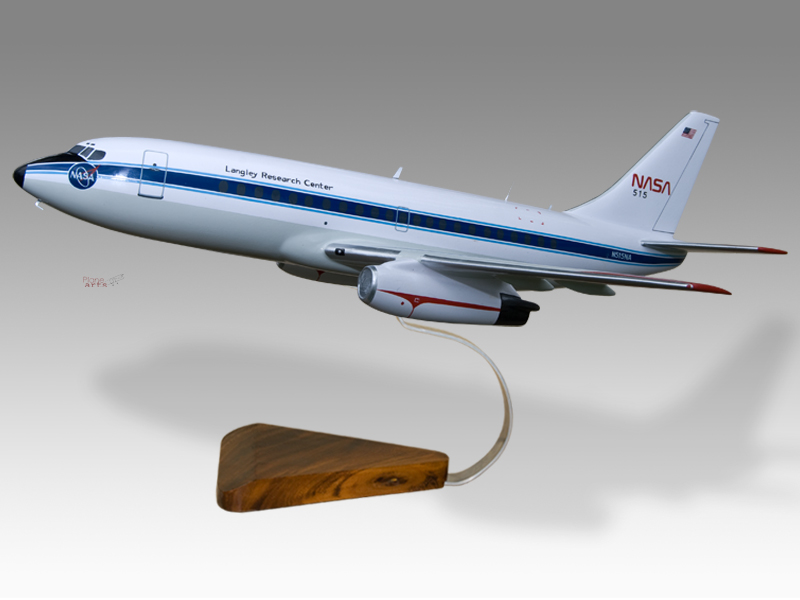
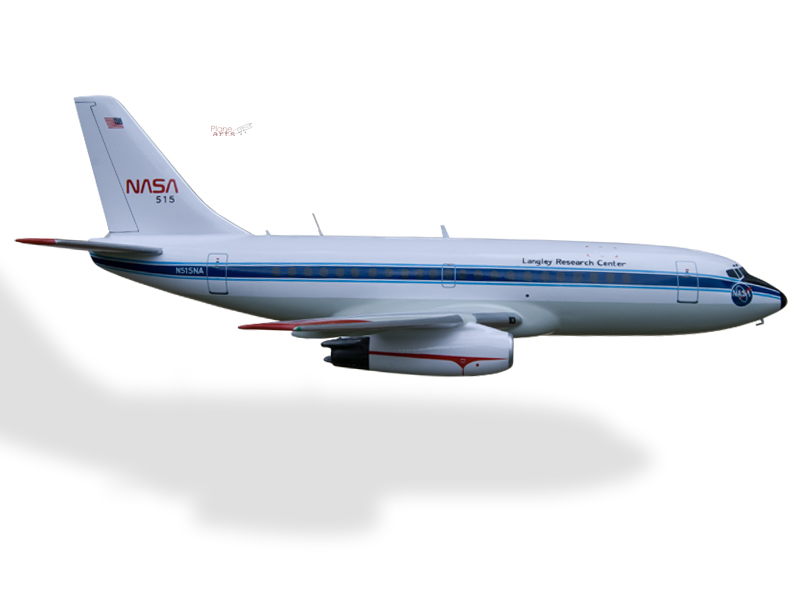
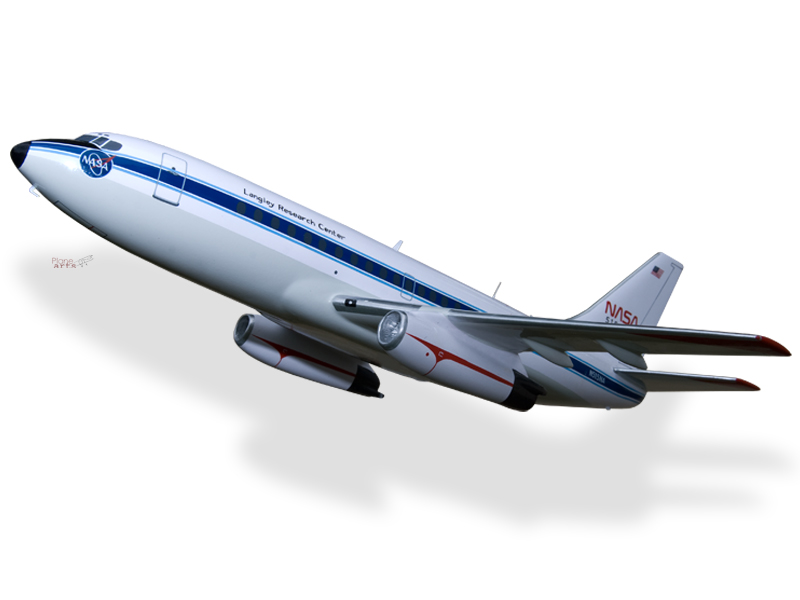
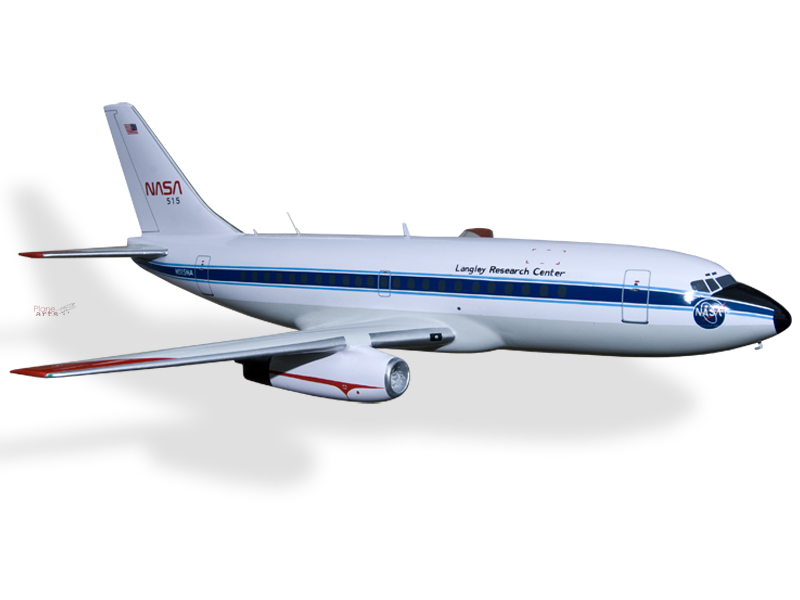
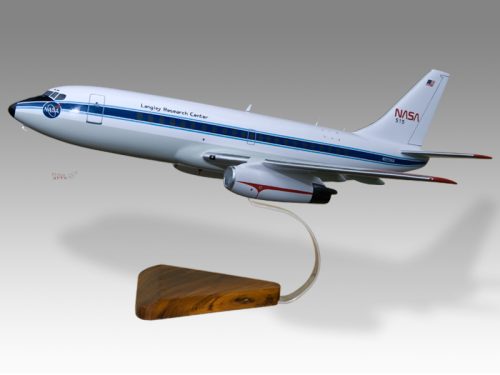
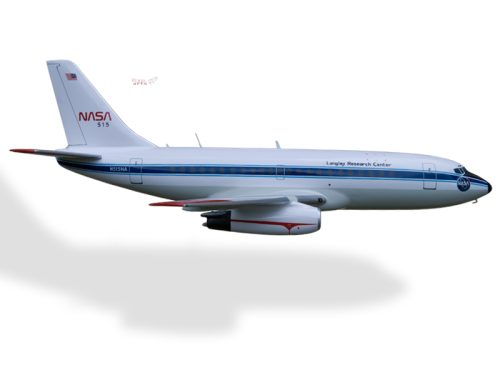
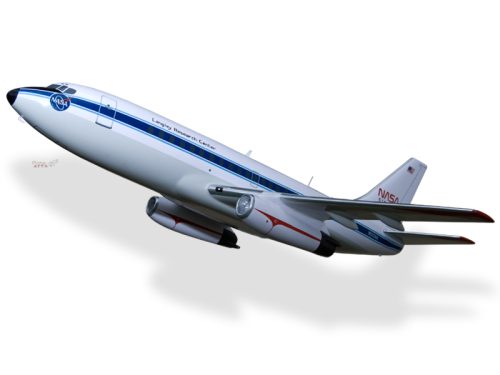
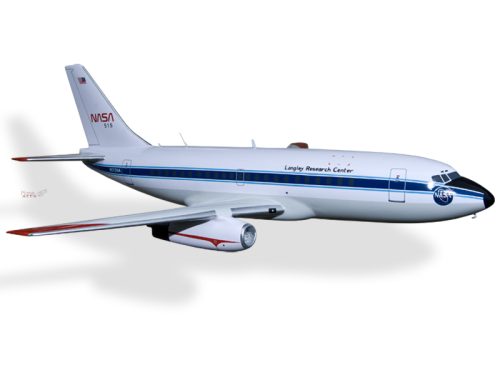
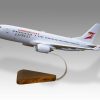
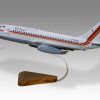
Reviews
There are no reviews yet.